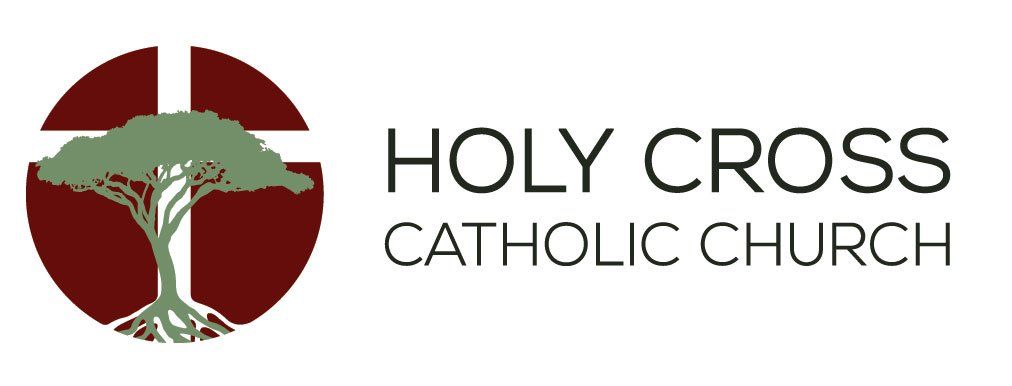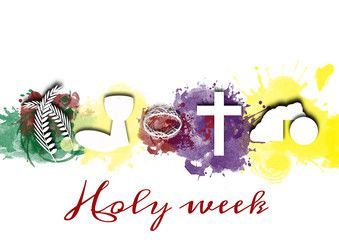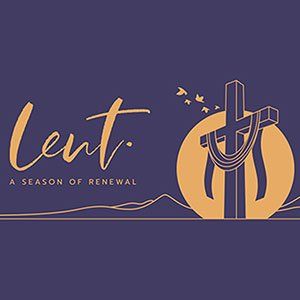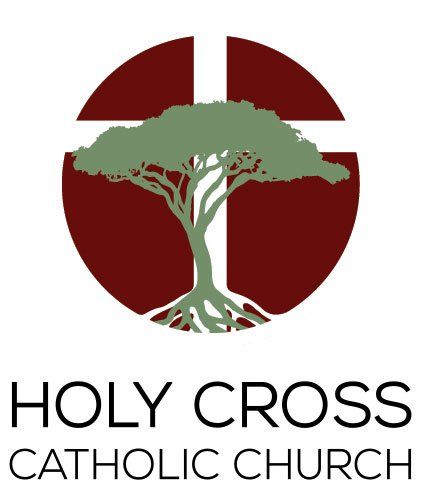April 25 | St. Mark, Evangelist, Patron of Notaries & Barristers, 12-68 A.D.
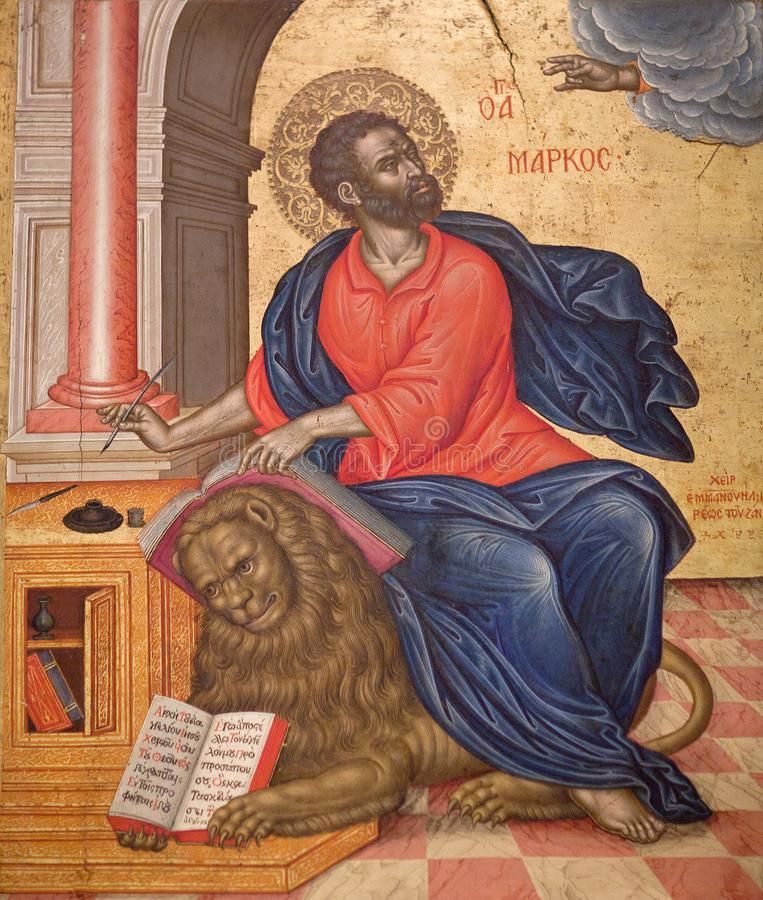
Most of what we know about Mark comes directly from the New Testament. He is mostly identified with the Mark of Acts 12:12. (The verse states that when Peter escaped from prison, he went to the home of Mark’s mother.)
Paul and Barnabas took him along on the first missionary journey, but for some reason Mark returned alone to Jerusalem. It is evident, from Paul’s refusal to let Mark accompany him on the second journey despite Barnabas’ insistence, that Mark had displeased Paul. Later, Paul asks Mark to visit him in prison, so we may assume the trouble did not last long.
The oldest and shortest of the four Gospels, the Gospel of Mark emphasizes Jesus’ rejection by humanity while being God’s triumphant envoy. Probably written in Greek for Gentile converts in Rome – after the death of Peter and Paul sometime between A.D. 60 and 70 – Mark’s Gospel is the gradual manifestation of a “scandal”: a crucified Messiah.
Evidently a friend of Mark (Peter called him “my son”), Peter is the only one of the Gospel sources, others being the church in Jerusalem (Jewish roots) and the church at Antioch (largely Gentile).
Like one other Gospel writer, Luke, Mark was not one of the twelve apostles. We cannot know for certain whether he knew Jesus personally. Some scholars feel that the evangelist is speaking of himself when describing the arrest of Jesus in Gethsemane: “Now a young man followed him wearing nothing but a linen cloth about his body. They seized him, but he left the cloth behind and ran off naked” (Mark 14:51-51).
According to tradition, in AD 49, about 19 years after the Ascension of Jesus, Mark travelled to Alexandria and founded the Church of Alexandria – today, the Coptic Orthodox Church, the Greek Orthodox Church of Alexandria, and the Coptic Catholic Church trace their origins to this original community. Aspects of the Coptic liturgy can be traced back to Mark himself.
Others hold Mark to be the first bishop of Alexandria, Egypt, Venice, famous for the Piazza San Marco, claims Mark as its patron saint; the large basilica there is believed to contain his remains. He is honored as the founder of Christianity in Africa. Coptic tradition says that he was martyred in 68.
The winged lion is Mark’s symbol. The lion derives from Mark’s description of John the Baptist as a “voice of one crying out in the desert” (Mark 1:3), which artists compared to a roaring lion. The wings come from the application of Ezekiel’s vision of four winged creatures (Ezekiel 1) to the evangelists.
(Source: Saint of the Day, Franciscan Media)
— Deacon Phil Rzewnicki, OFS
